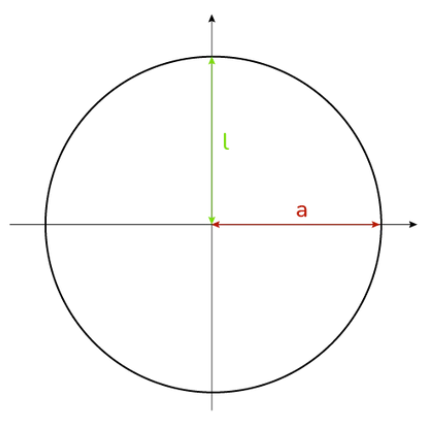 Home
Home
 Back
Back

Definition: This calculator computes the parameters of various conic sections (Circle, Ellipse, Parabola, Hyperbola) based on their defining parameters.
Purpose: It assists in geometry and engineering problems involving conic sections, useful in fields like astronomy, optics, and structural design.
The calculator uses the following equation for the selected conic shape:
Computed Parameters:
Calculation Formulas:
Steps:
| Conic Section | Equation | Eccentricity (e) | Linear Eccentricity (c) | Semi Latus Rectum (l) |
|---|---|---|---|---|
| Circle | x2 + y2 = a2 | 0 | 0 | a |
| Ellipse (horizontal) | x2⁄a2 + y2⁄b2 = 1 | √(1 - b2⁄a2) | √(a2 - b2) | b2⁄a |
| Ellipse (vertical) | x2⁄b2 + y2⁄a2 = 1 | √(1 - b2⁄a2) | √(a2 - b2) | b2⁄a |
| Parabola | y2 = 4ax | 1 | NaN | 2a |
| Hyperbola (horizontal) | x2⁄a2 - y2⁄b2 = 1 | √(1 + b2⁄a2) | √(a2 + b2) | b2⁄a |
| Hyperbola (vertical) | -x2⁄a2 + y2⁄b2 = 1 | √(1 + a2⁄b2) | √(b2 + a2) | a2⁄b |
Calculating conic parameters is essential for:
Example 1 (Circle): Calculate the parameters of a circle:
Example 2 (Ellipse Horizontal): Calculate the parameters of an ellipse:
Q: What is the difference between horizontal and vertical ellipses/hyperbolas?
A: Horizontal ellipses/hyperbolas have the larger axis along the x-axis (\( a > b \)), while vertical ones have the larger axis along the y-axis.
Q: Why is the linear eccentricity not defined for a parabola?
A: A parabola's eccentricity is 1, and it does not have a second focus, so the linear eccentricity is not defined.
Q: What if I enter negative values?
A: The calculator will display an error, as all input parameters must be positive.